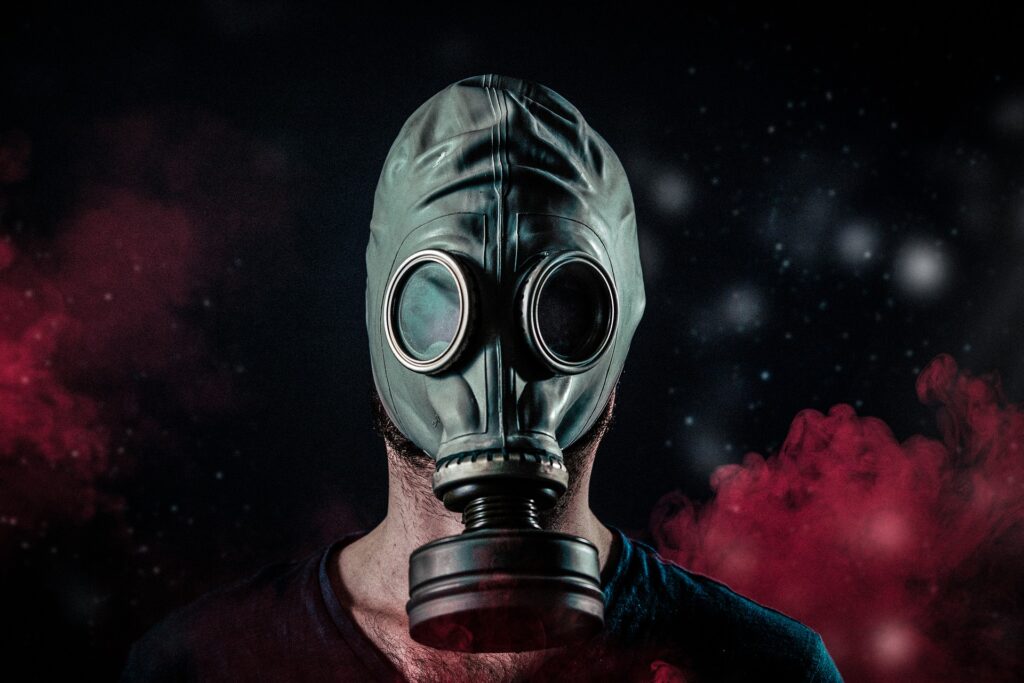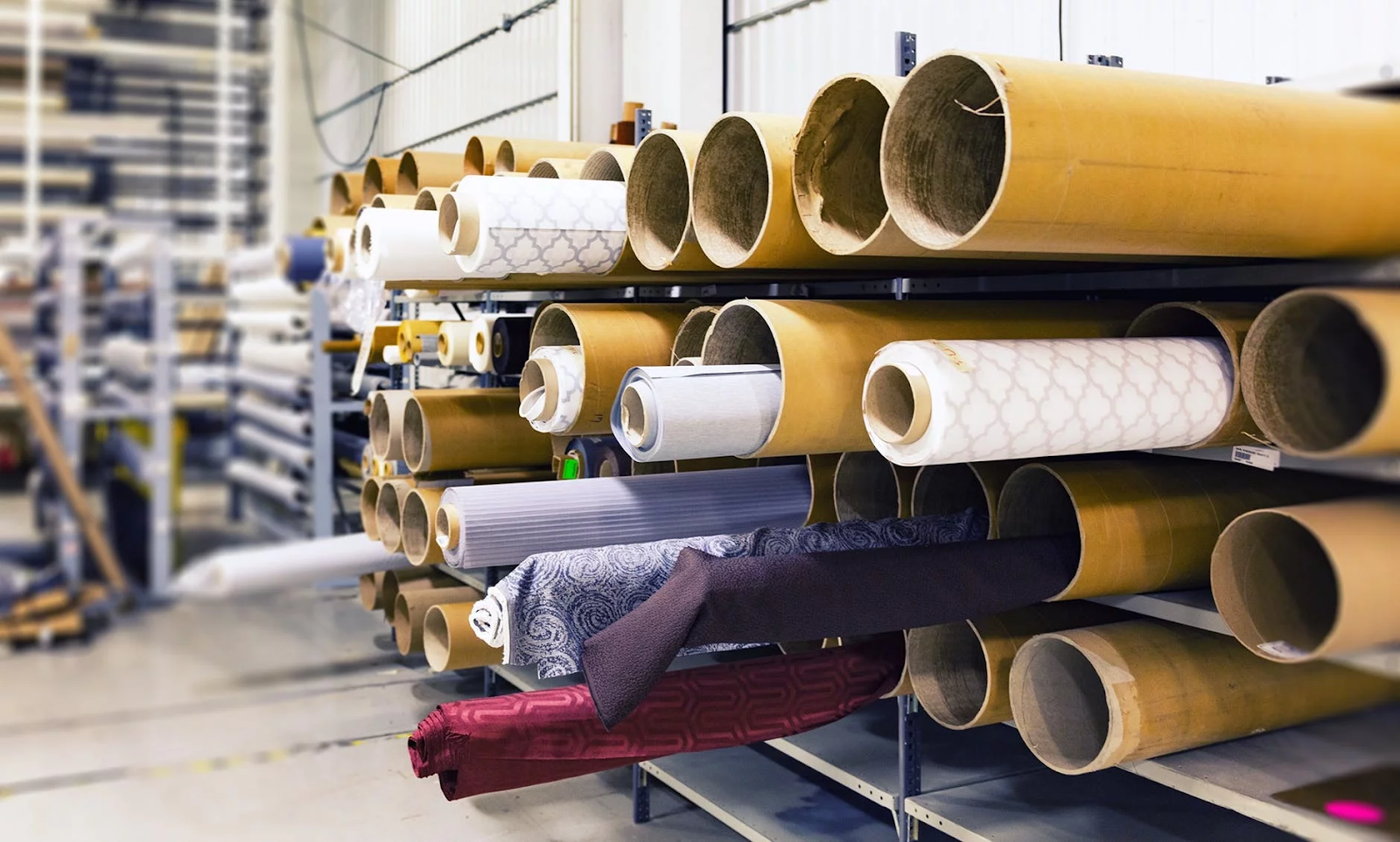Manufacturing is by far the most hazardous sector in the world. Every industry in the sector has to have it’s own policies on health and safety, as well as follow the regulations in this regard. It’s dangerous, and yet also, rewarding to be involved in the manufacture of goods that we all buy and love. Employee safety is paramount as if they are hurt and not properly trained, it can lead to lawsuits and a bad reputation among professionals. The best way to react to a major incident is to enact your ‘hazard contingency’ policies. Don’t know what they are? We can help you.
Initial incident policies
When you have a major hazard or accident take place, you need to have certain initial policies take hold.
- Employees will be entrusted to leave the area in an orderly manner. This can mean, leaving the zone or leaving the building, it’s really up to the incident level.
- Employees must wear protective clothing as a precaution. Think about a liquid being spilled into the ventilation shaft and being circulated around the building as a gas. So always have face masks and protective coats or suits on hand.
- Employees must warn their managers of the incident so further protection policies can be authorized.

Clean up the aisle…
Next you need to react quickly and clean up the area. Whether it is waste, or fluids that are volatile, call in one of the trusted bio hazard cleanup companies to deal with it. They are on call 24/7 so you can use their services at any time you need them. Their teams will come in and assess the situation, alerting you of what to do next such as moving employees away from the area or allowing them to continue on. They will remove liquids and anything they may have contaminated. They’ll also test the area for any long-lasting damage and give you advice on what to do, such as throwing away stock before it rots or replacing racks in a warehouse, etc.
Business as usual?
While a team arrives and cleans up the mess, you should think about getting on with the work you have. Just because a zone is inoperable doesn’t mean that the entire factory or plant needs to halt. Can you continue on separately, in another zone? Think about car manufacturing. If a battery bursts in one zone and it needs to be cleaned up, other zones will continue to make parts. They will continue to test tires and perform crash tests etc. They will continue to measure the emissions from the exhausts, etc. Can you do something like this for your company? This is why practical siloing is so important. It’s vital that ideas and thoughts are shared between departments, but sometimes you need to have the power to shut off from one team or department and allow another to continue.
When a major incident occurs, time is of the essence. A lot of the accidents in manufacturing can be resolved quickly with good sound initial reaction policies.








